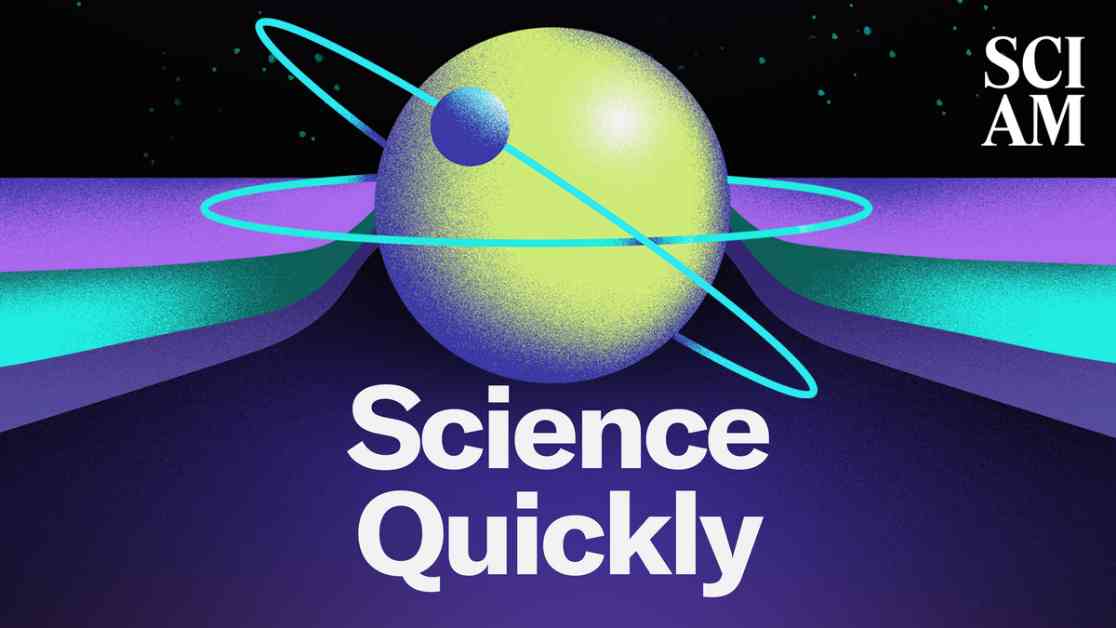Happy Monday, everyone! Let’s dive into some interesting science news from this week.
NASA astronauts Butch Wilmore and Suni Williams, who were initially supposed to return from space in June, will now be staying there until around February. They recently conducted a press release from the International Space Station and expressed their excitement about voting in the upcoming presidential election from space. They have sent in requests for absentee ballots, listing their address as “low-Earth orbit.” Imagine being able to vote from space!
In other space-related news, a recent study suggests that Earth may have had a giant ring similar to Saturn’s at one point in time. This ring of space rocks could have formed about 466 million years ago, potentially cooling the planet and causing an increase in meteorite strikes. While more evidence is needed to confirm this hypothesis, the idea of Earth with a rocky Hula-Hoop is fascinating.
Moving on to our Pale Blue Dot, researchers found that iron carried by dust from the Sahara to the Atlantic Ocean plays a crucial role in supporting marine life. The iron becomes more bioreactive as it travels through the atmosphere, benefiting ecosystems like the Amazonian basin and the Bahamas. This long-distance iron delivery highlights the interconnectedness of different regions on our planet.
On a less positive note, a recent study discovered microplastics in the human brain, specifically in the olfactory bulbs. The presence of these tiny plastic particles raises concerns about potential health effects and the need for international action to address plastic pollution. Experts are urging for reduced plastic production and better waste management practices to prevent irreversible environmental damage.
Another study published in the Lancet discusses the rising trend of antimicrobial resistance (AMR), predicting that over 39 million people could die from antimicrobial-resistant infections in the next 25 years. The overuse of antimicrobials in humans, plants, and animals is accelerating the evolution of resistant pathogens. Global commitments to combat AMR are expected to be discussed at the United Nations General Assembly meeting.
In the realm of health research, a study in Nature Neuroscience explores the neurological changes that occur during pregnancy. Researchers observed changes in the brain’s gray and white matter throughout pregnancy and postpartum, highlighting the complex adaptations that take place during gestation. The freely available dataset from this study encourages further research on pregnancy-related brain changes.
Lastly, researchers studying water anoles, a type of semiaquatic lizard, discovered that these lizards use air bubbles on their nostrils to breathe underwater. These “scuba-diving” lizards can stay submerged for longer periods by utilizing these air pockets to evade predators. This fascinating adaptation showcases the diverse strategies that animals employ to survive in their environments.
That’s all for this week’s science news roundup. Stay tuned for more updates and discoveries in the world of science. Have a great week, everyone!










